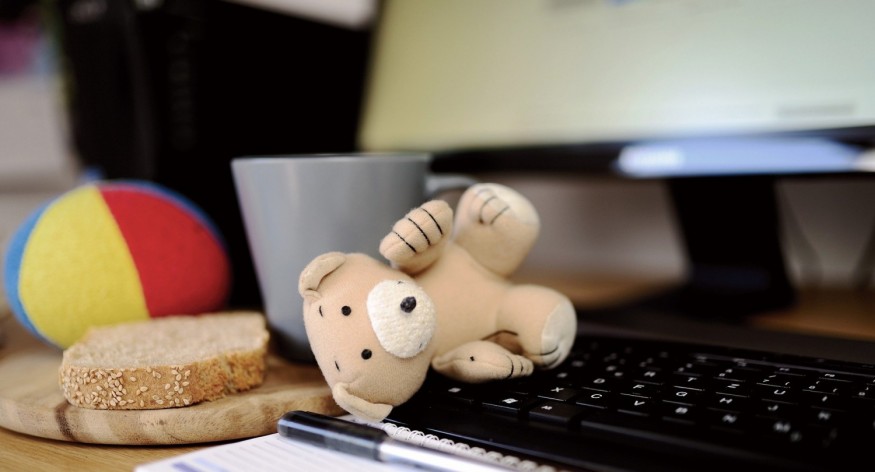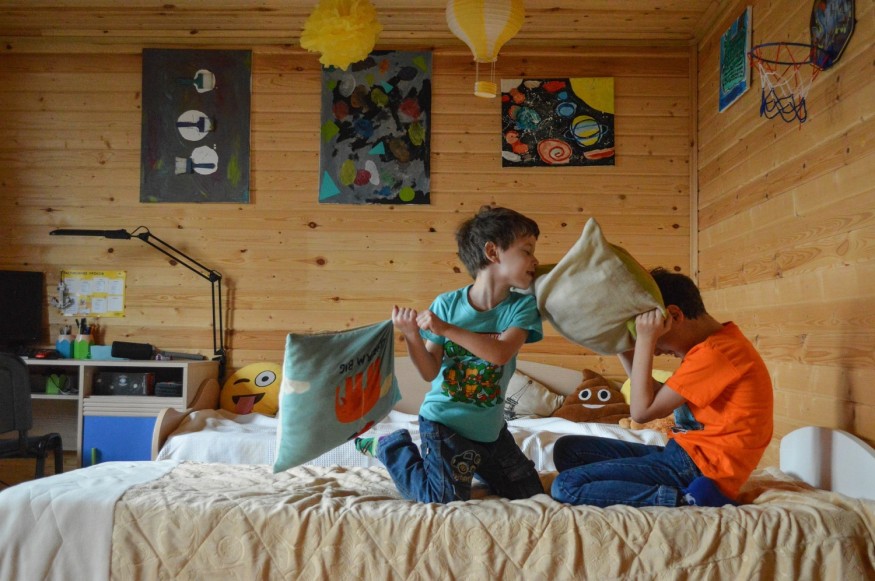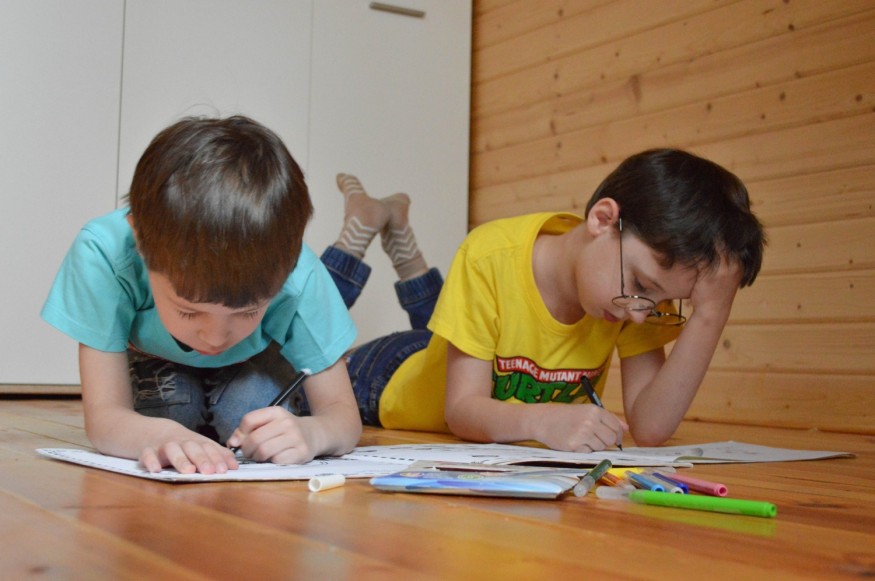
Gone are the days when parents would drive their kids to school, pick them up in the afternoon and drop by a park before finally heading home to rest. The COVID-19 global pandemic prevented this type of routine and shrunk all the activities into the home's four walls.
Aside from parents taking their jobs at home, children were also shut off the freedom to go to school and mingle with their classmates, leading to a "new normal" way of learning through a homeschooling setup.
Because of this, parents are having a hard time setting boundaries at home, especially in assigning areas meant for learning, resting, playing, and recreation. The result? Parents are throwing extra money, hiring experts to reorganize their homes to allocate space for each activity.
Since we are not sure when this pandemic is ending or if another one will emerge, prolonging our stay indoors, below are some ways to create a child-friendly home fit for the so-called "new normal" way of living.
Bedroom = Sleeping Room
If in the past, the bedroom serves as a multipurpose area for sleeping, playing, and entertainment, now parents should implement a strict rule that a bedroom is only a place for sleeping. In short, toys, gadgets, and school materials should not be allowed beyond this point.
DrLullaby founder Kusa Medalie, PsyD, DBSM, said: "We recommend that studying and playing are kept outside the bedroom, if possible."
"When kids are doing homework or playing in the bedroom, these are competing cues and triggers. Kids are likely to be tempted to play, resistant to bedtime, or think about school when such activities persist in the bedroom," she added.
Since not every family has access to separate rooms, experts suggest setting up "zones" in their common area. Parents could assign spaces in the room meant for naps, play, and study time. The locations should be visually and physically separated with dividers or different floor surfaces using rugs, carpet, small cabinets, etc.

Multipurpose Shared Spaces
If you are the type of parent who doesn't want your children out of sight, it is best to get creative and DIY a multipurpose shared space. Both working adults and children will share this room for school, work, and leisure.
Parents can also develop a home layout where the work area is adjacent or within the view of the children's study or playroom.
Use Child-Proof Furnishings
When you have kids at home, especially ages five and below, it is better to use child-proof materials for both the kids' safety and the appliances' durability. Some child-proof furnishing includes stain-resistant upholstery, convertible activity table, ottoman, anti-tip staps, corner and edges cover, and more.

Convert Less-Used Spaces
Parents may also opt to convert rarely-used areas at home like the garage or shed. To maximize the space, why not convert these areas into a small study or play area. It's easy to do, plus there will be no renovation involved.
Outdoor Learning
While not all climate types will permit this setup, an outdoor area of the house is also conducive for learning and playing. Aside from having perfect lighting and air circulation, kids will surely enjoy studying or playing while they are one with nature, instead of entirely confined in a cramped space.
© 2025 Realty Today All rights reserved. Do not reproduce without permission.



